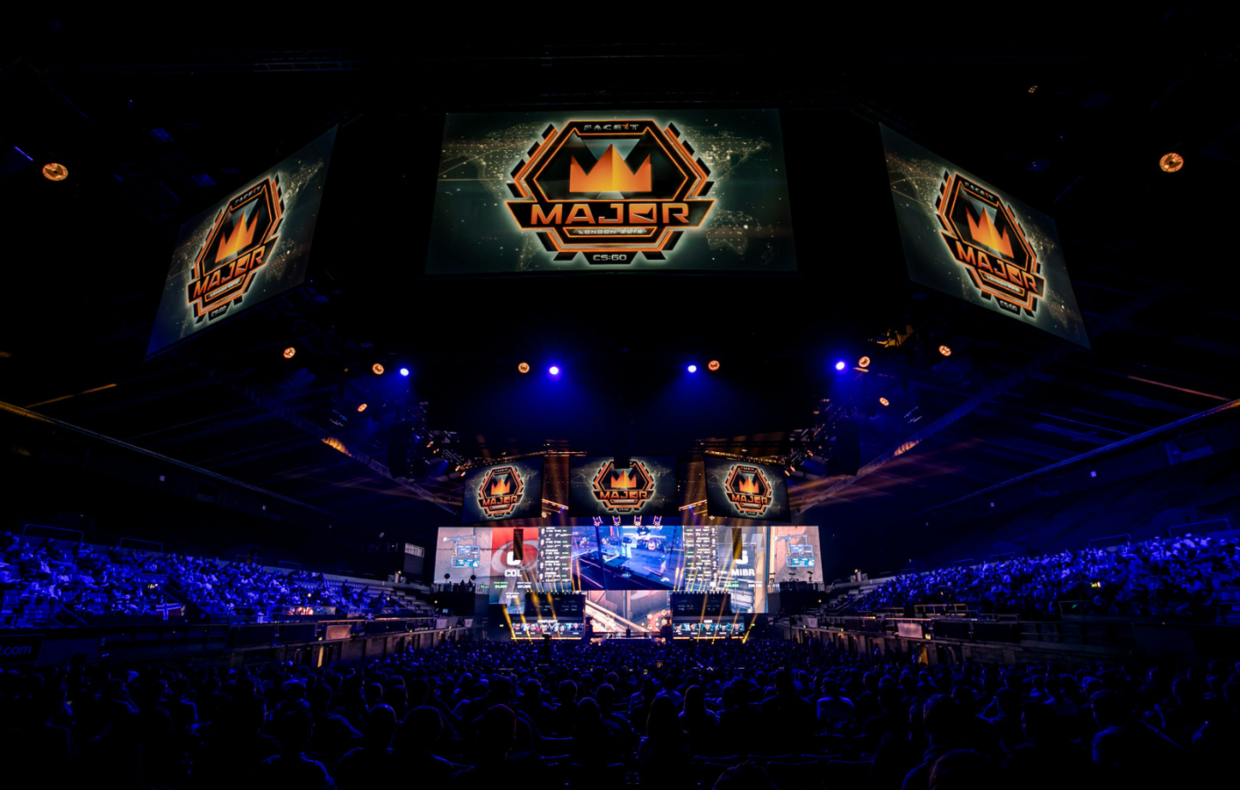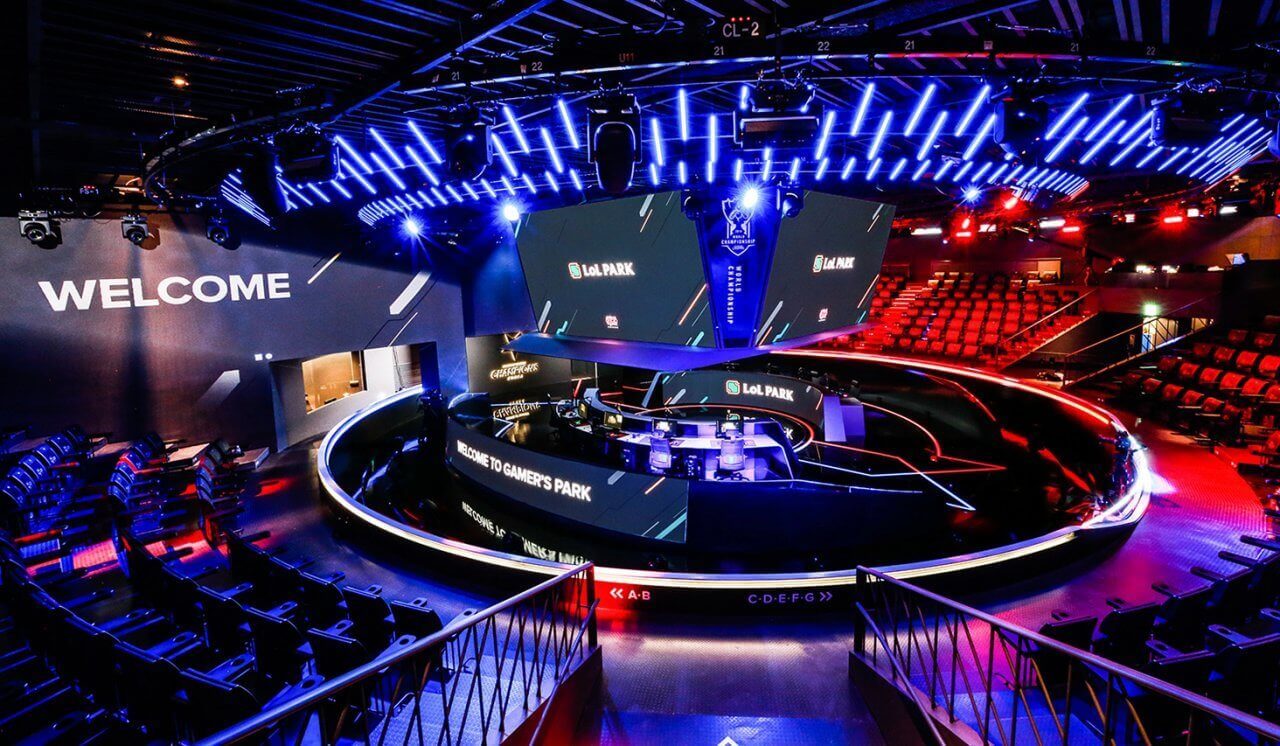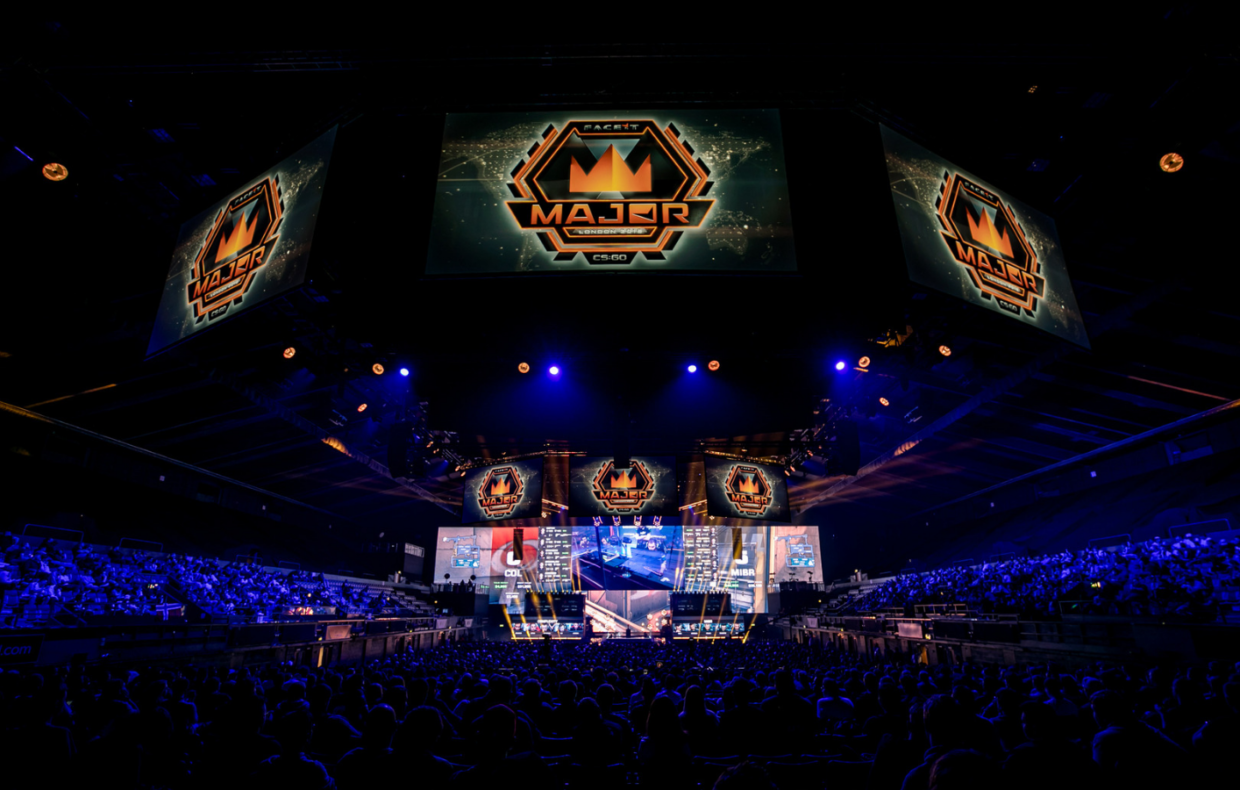
Valve will enforce a facelift upon the qualification process for Majors after the next one – ESL One Rio, is concluded. Valve has let all of the notable CS:GO tournament organizers know that the old system is going to get abolished in favor of a new, ranking-based method.
Major ranking
Instead of giving out invitations based solely on a team’s performance in the last Major played, the new system, called Major ranking, will incorporate a ranking based on two more big CS:GO tournaments, in addition to the performance at the Major. Which tournaments are going to play that role has not been determined right away. Valve has given the organizers a voice on the matter, with both pre-existing events or wholly new ones being a viable option.
The game developers have, however, imposed a few requirements:
- Both events must be between July and September.
- The events must culminate with a LAN tournament containing no less than eight teams.
- As a whole, the tournaments must include a minimum of 24 teams, of which 16 slots will fill up with the leaders in the Major ranking, and eight will be left to the tournament organizers to fill however they choose.
- The event results will differentiate between the top 16 performing teams and the remaining teams.
- Major ranking will determine the seeding within the events.
A financial boost
Valve will take on up to $250,000 of the prize pool for each event to incentivize the organizers further. As it stands, ESL One Cologne is the only $250,000+ tournament announced in the timeframe that Valve has stamped. This means that each of the DreamHack Open stops at Valencia and Montreal will receive a considerable boost in stature, or we’ll see one, if not two more grand events popping up in the middle of the summer calendar.
This entire process will not affect ESL One Rio’s qualification process, which will be the last one to implement the old system. Do you approve of this new method or was the old one efficient enough as it was? Tell us what you think!






























